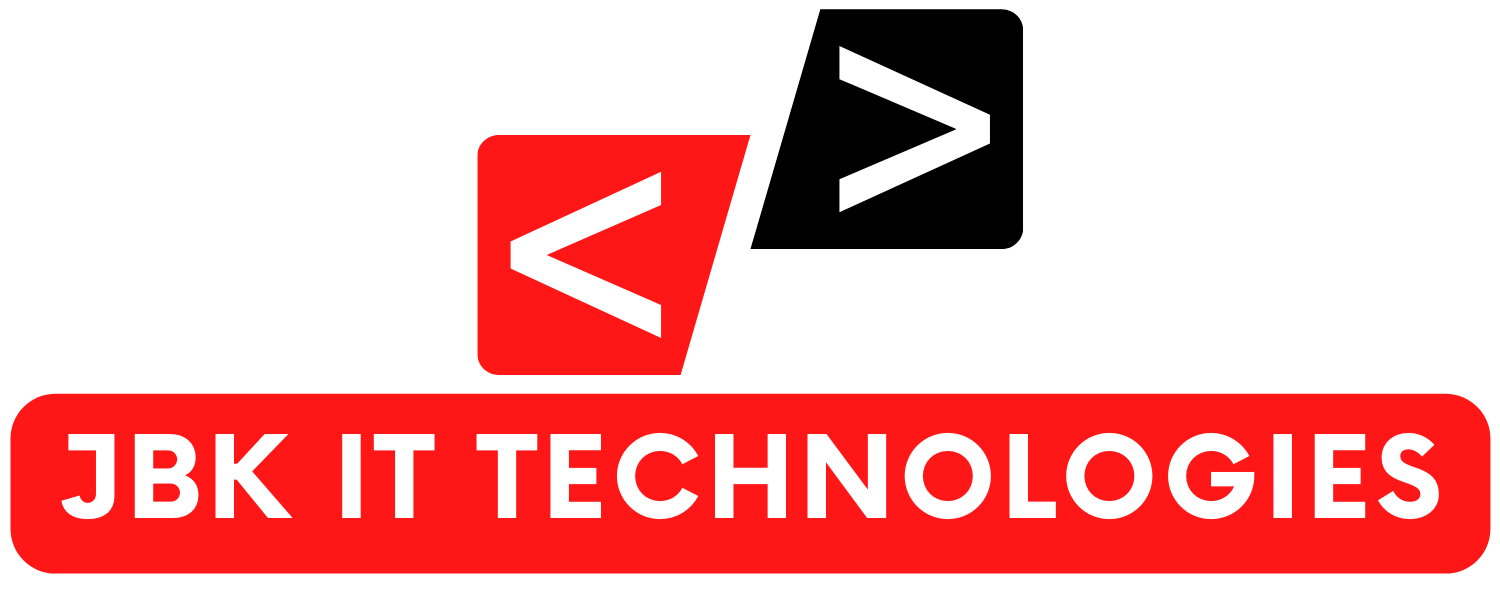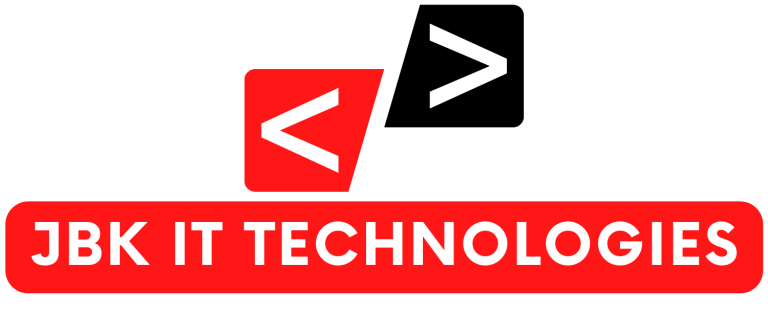Full-stack development is a dynamic field that continuously evolves with advancements in technology. Here are some new trends in full-stack development:
- Serverless Architecture: Serverless computing has gained popularity in recent years. It involves building applications without the need to manage server infrastructure. Developers can focus on writing code and rely on cloud providers to handle the scaling and management of resources. This trend simplifies development and reduces operational costs.
- Microservices: Microservices architecture is an approach where applications are built as a collection of small, loosely coupled services. Each service is responsible for a specific business capability and can be developed, deployed, and scaled independently. This trend enables better modularity, scalability, and agility in application development.
- Progressive Web Applications (PWAs): PWAs are web applications that offer a native app-like experience to users. They leverage modern web technologies to provide features like offline capabilities, push notifications, and access to device hardware. PWAs eliminate the need for separate development for different platforms, making them cost-effective and easy to maintain.
- Containerization: Containerization, powered by tools like Docker, has revolutionized software development and deployment. Containers provide a lightweight and portable environment for running applications, ensuring consistency across different platforms. Container orchestration tools like Kubernetes enable efficient management and scaling of containerized applications.
- Jamstack: Jamstack (JavaScript, APIs, and Markup) is an architectural approach that emphasizes static site generation and serverless functions. It separates the front-end from the back-end, allowing for fast, secure, and scalable web applications. Jamstack leverages CDNs (Content Delivery Networks) and pre-rendering to deliver high-performance websites.
- Low-Code/No-Code Development: These platforms empower non-technical users to build applications with minimal coding knowledge. They provide visual interfaces, pre-built components, and drag-and-drop functionality to create applications rapidly. Full-stack developers can leverage low-code/no-code tools to accelerate development and focus on complex business logic.
- Artificial Intelligence (AI) and Machine Learning (ML): AI and ML technologies are increasingly being integrated into full-stack development. Developers are leveraging AI/ML frameworks and libraries to build intelligent applications that automate tasks, provide personalized experiences, and enable data-driven decision-making.
- DevOps and Automation: Full-stack developers are embracing DevOps practices to streamline development, testing, and deployment processes. Automation tools enable continuous integration, continuous delivery (CI/CD), and infrastructure-as-code, ensuring faster and more reliable software delivery.
- Cross-platform Development: With the growing number of platforms and devices, cross-platform development frameworks like React Native, Flutter, and Xamarin have gained popularity. These frameworks allow developers to build mobile applications for multiple platforms using a single codebase, saving time and effort.
- Security and Privacy: As data breaches and privacy concerns continue to be significant issues, security and privacy measures are a growing focus in full-stack development. Developers are implementing robust security practices, encryption techniques, and adhering to privacy regulations to protect user data and ensure secure application environments.
These trends reflect the evolving landscape of full-stack development and present opportunities for developers to enhance their skills and stay relevant in a rapidly changing industry.

